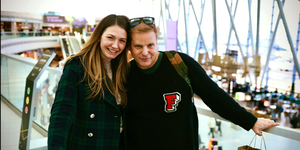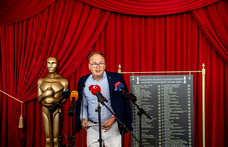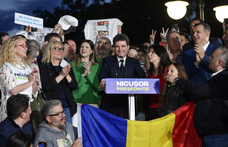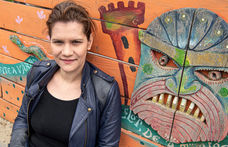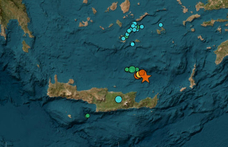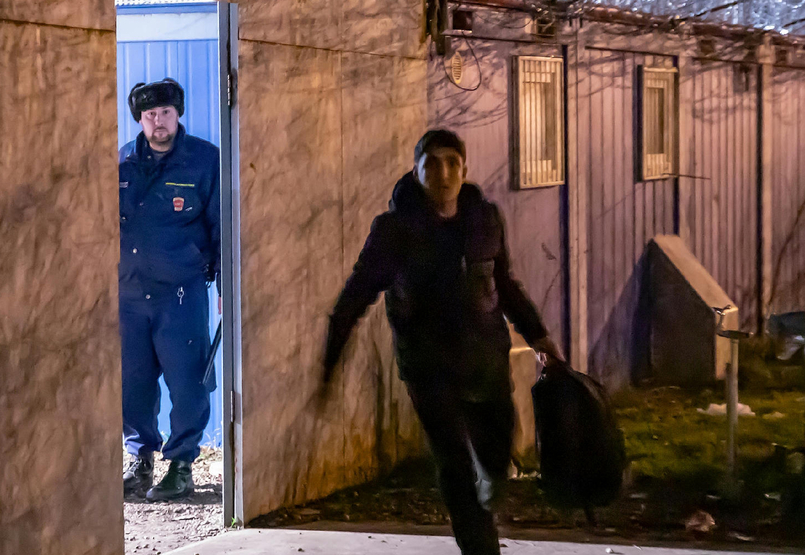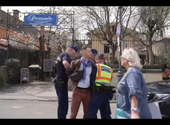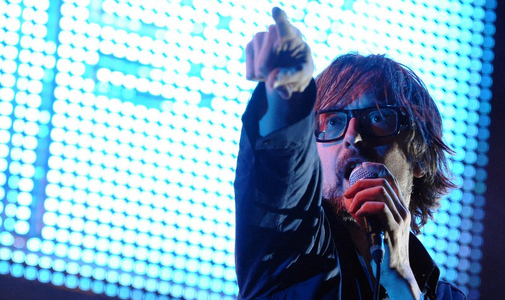The beginnings of a civil campaign
Some 50 Hungarian, Slovak and Slovak-Hungarian intellectuals met in Bratislava on Friday evening. They discussed a kind of campaign whose aim would be to say: "Can't we just behave normally?" What did they conclude?
Around the table sat a Slovak festival promoter, Hungarian and Slovak journalists, a Slovak-Hungarian curator, a Slovak artist, designers, a Hungarian animator, and a Slovak gallery owner. The meeting had been called by the Hungarian Cultural Institute, and it was good to see that people had taken the call seriously from Bratislava to Kosice: the common goal was to preserve the Hungarian-Slovak relationship.
Peter Krasztev and Zora Jaurová: moderating © hvg.hu |
The people in the room knew very well that they weren't the problem. They didn't mind each other. And, in a cold night on Palisady street outside, passers-by would not have said they had any problem with Hungarians. But they would mind the situation. A green activist made it clear: a poll on the streets of Budapest had shown that the Slovak-Hungarian tensions are regarded as being more serious than the credit crisis.
There is no serious opposition between the two countries. But still the chaotic circus plays on every day. The people in the room were sure that getting to know each other and promoting cultural exchange was the solution. As for the politics - well, the words used do not belong in this report.
The discussion, which lasted from 5pm until late in the evening, had two aims. First, to get a sense of how many joint cultural projects linked the two countries, and how much institutional cooperation exists. The second was to consider whether it was possible to bring together all these projects under a common banner, in the hope that they could finally take their place in the media, in public discourse and on the streets, in the hoe of drowning out the activities of nationalists and politicians on both sides.
Peter Krasztev, the head of the Hungarian institute, and Zora Jaurova, artistic director of the 2013 cultural capital programme, moderated the discussion. After 20 minutes, it was clear that there was no shortage of joint projects and cooperation between the two countries.
Why are we afraid of the campaign? (Oldaltörés)
Michal Kascak of Pohoda Festival © hvg.hu |
Most of those in the room thought a civil campaign was needed. A logo, a slogan which would say that "normal" things were happening here.
Some, mostly from the Hungarian side, thought a joint campaign was unnecessary. A joint symbol would rapidly lose its meaning and become suspect if it was financed using public money. They preferred to concentrate on the detailed organisational work. A campaign against flu was impossible - everyone should take their own medicine.
These looked to be Hungarian fears. Slovakia has experience of authentic and successful civil campaigns, such as the one that led to the fall of Vladimir Meciar. In Hungary, by contrast, the most successful symbols have been maps of Greater Hungary and the Arpad flag, which is associated with extremism. There is no symbol in Hungary that could compete with that.
Benedek Vassak, A38 © hvg.hu |
The graphic artist Peter Kukorelli announced his project for December - a Christmas tree swap between Budapest and Bratislava. He brought a flash film to illustrate the process. It was affectionate and viral.
This is where it could begin.


